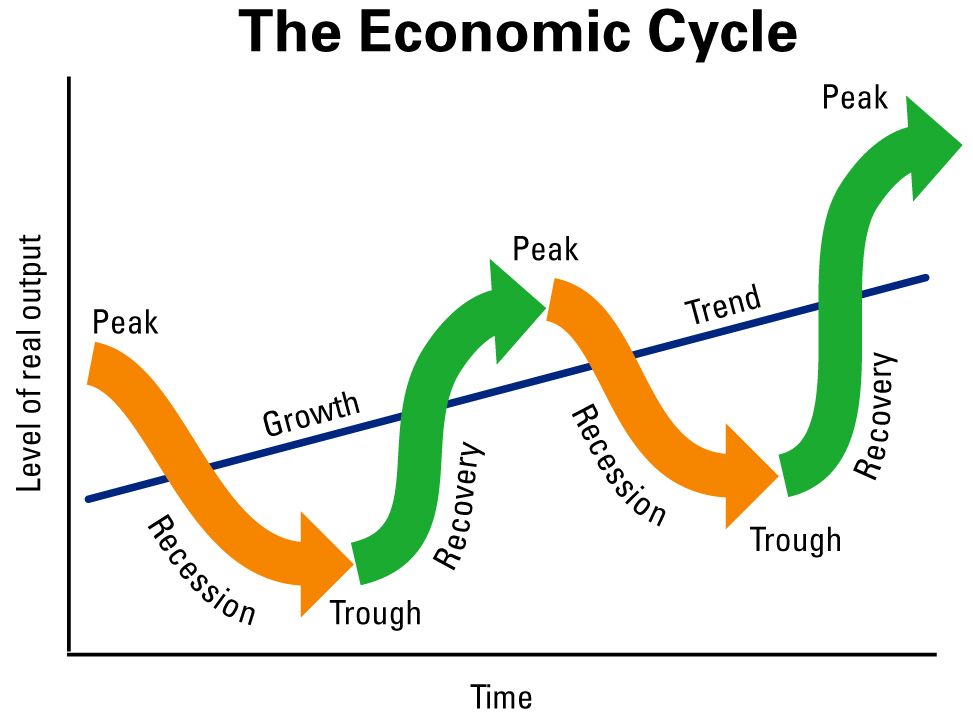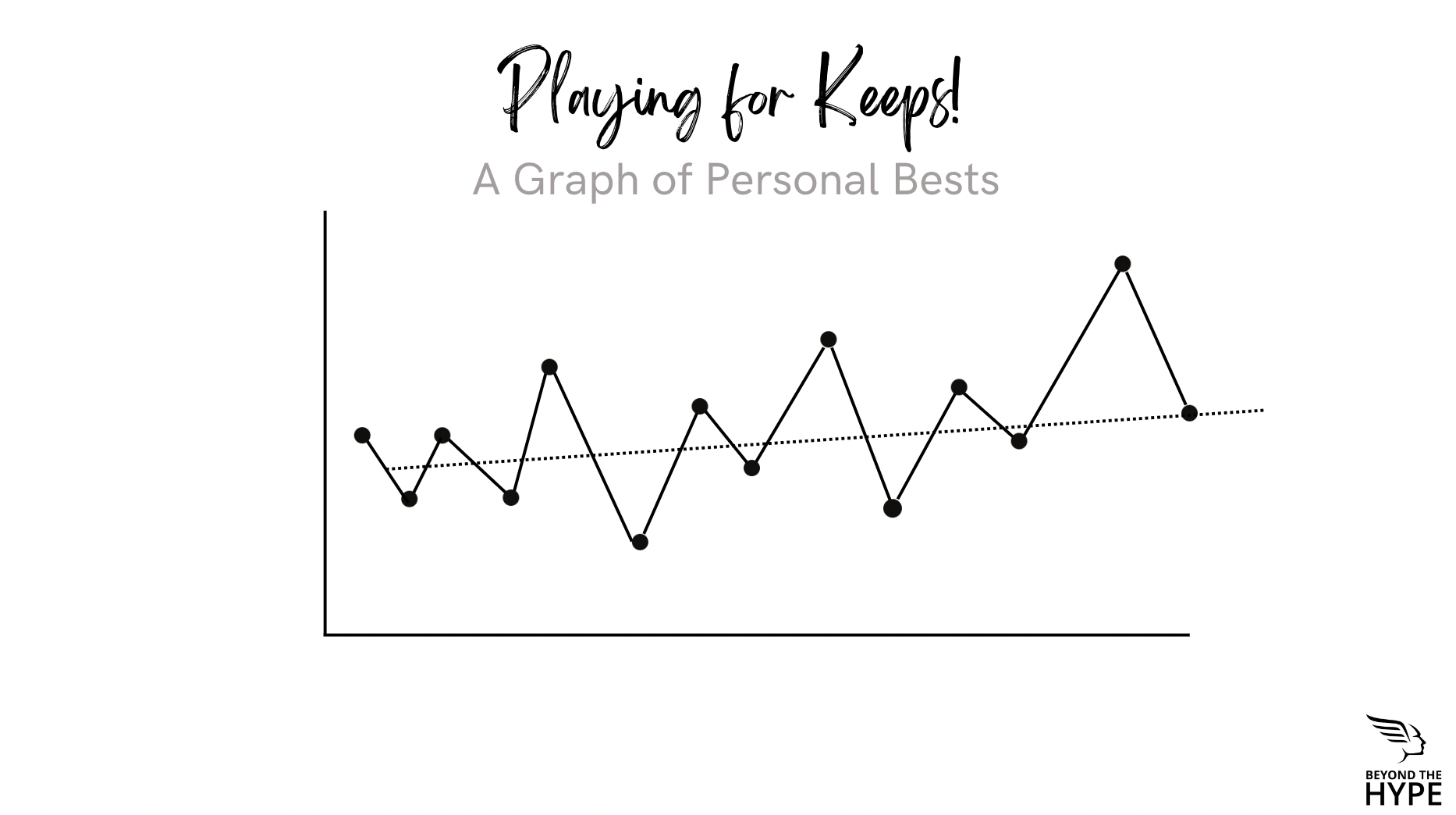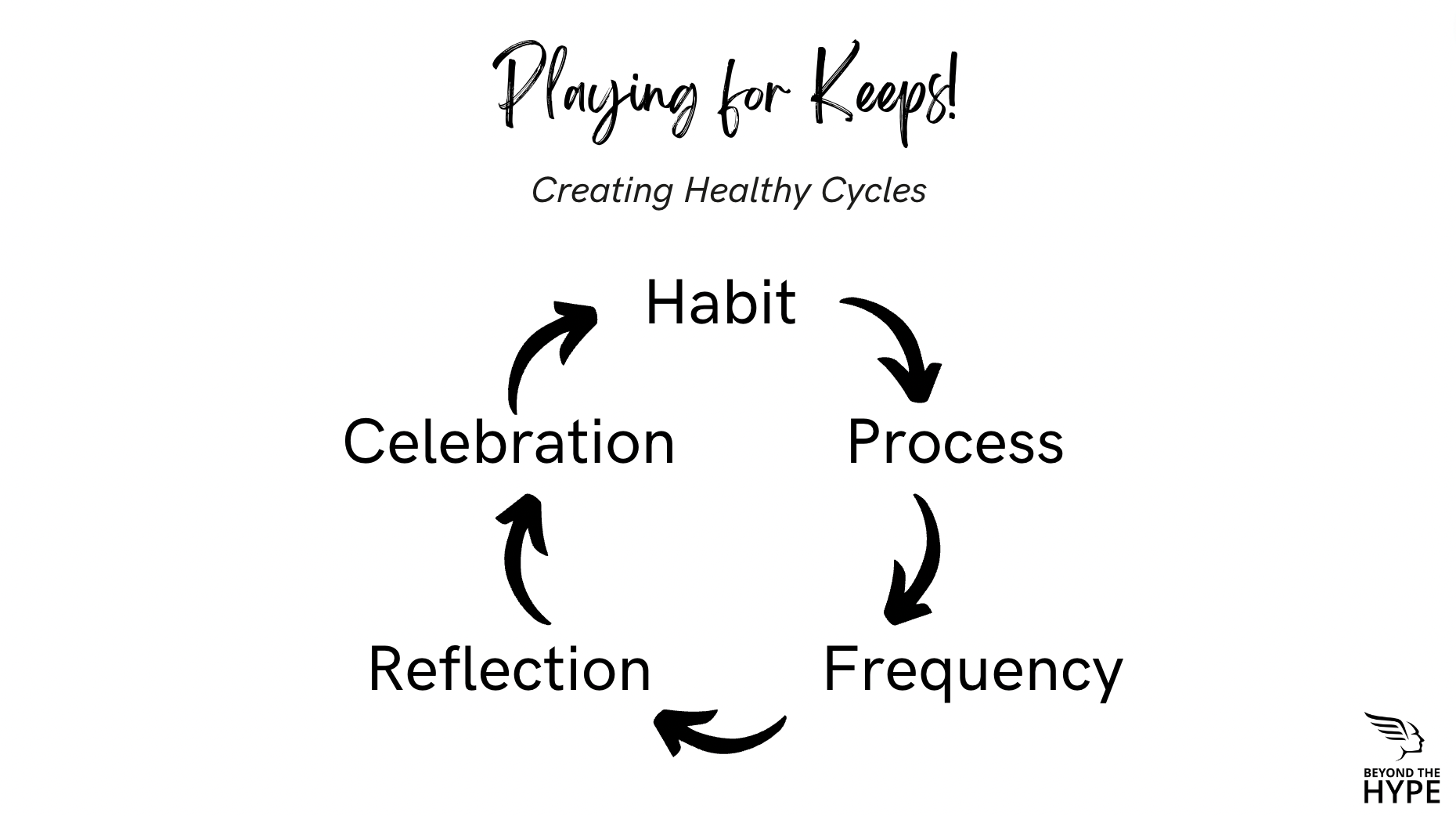Cycles.
There are not a lot of straight lines in life. Instead, life is filled with rhythms-day and night, hot and cold, summer and winter, up and down.

"Our happy endings come after stories filled with ups and downs."
In the bible's Old Testament book of wisdom, Ecclesiastes, we are introduced to divine cycles. "There is an appointed time for everything and every affair under the heavens. A time to give birth and a time to die, a time to plant, and a time to uproot the plant. A time to kill and a time to heal, a time to tear down, and a time to build." Our world is filled with ebbs and flows.
Everything is energy; therefore, cycles of power are all around us. And within us. In nature’s seasonal cycles, trees blossom in springtime and bear fruit in late summer. In autumn, their leaves fall to the ground. Slowly disintegrating, the fallen leaves enrich the soil, bringing new energy to the trees in spring. The cycle repeats again and again.
In the ancient wisdom of the Tao Te Ching, life is a process of alternating cycles. The yin and yang cycles constantly move, change, and grow as energy circulates through all creation. On an individual level, each of us has our daily energy cycles or circadian rhythms. We have peak periods during the day when our energy flows most strongly. This is our prime time. Then, during our lag time, our energies diminish.
Our circadian rhythms originate within a part of our brains that maintains our sleep/wake cycle and our body temperature, blood pressure, performance level, and hormonal levels of melatonin and cortisol. Disturbances of circadian rhythms have been associated with depression, the inability to think clearly, and increased risk for the immune system, cardiac, and metabolic problems.
Harnessing our daily cycles can strengthen our health and help us live more creatively. However, cycles or rhythms exist in every facet of our lives, like romance and business.
Recently a friend lamented about a slowdown in his business. His growth had ebbed. And for a brief time, his business metrics regressed. Dejected, he considered shuttering his business. Why? We tend to visualize business growth as linear. And experiencing a downturn in business metrics or sales decrease can be disheartening.
Having fully embraced the ebbs and flows of life, I saw the opportunity to talk about cycles. Four stages characterize business cycles.

Expansion/Recovery
During expansion, your business experiences relatively rapid linear growth.
Peak
The peak of a business cycle is when growth hits its maximum rate. At this high-water mark, metrics or indicators may stabilize for a short period before reversing to the downside.
Contraction
A correction occurs through a period of contraction when growth slows, metrics fall, and activity stagnates.
Trough
The trough of the cycle is reached when your business hits a low point, with supply and demand factors scraping the bottom before growth eventually begins to recover. And the cycle starts over again.
Even professional athletes will have cycles in their performance. Their personal bests will only nudge up and ebb back before climbing again. (see graph below)

How to Creating our cycles
Step 1: Start with a habit.
The best cycles are habitual. In other words, you do them almost without thinking about it. The best way to build habits is to start small. Think about what you want your productivity cycle to be.
Step 2: Review your process.
For a cycle to work (and to become a habit), you need to understand the processes you use. Check to make sure that they are clear and specific.
Step 3: Decide on the frequency.
When do you want your cycle to take place? Your answer will depend on the cycle itself as well as a few other criteria, such as:
- How much flexibility do you need? Is this cycle based on something you’re confident in (and have a checklist for?) Or something you’re experimenting with and need more time to play around with? Don’t try to formalize a system you’re unsure of yourself.
- What’s your skill level? Is your cycle based on something you can do in your sleep and doesn’t need re-enforcing? Or is this a skill you’re still building? Longer cycles can cause your skills and interest to deteriorate.
- What level of quality are you going for? Sometimes formalizing tasks (especially creative ones) can cause you to lose some of your “spark.” While other times, it might improve your output.
- Who else do you work with? Does this cycle depend on other people? Communicate what you’re doing and make sure your timing lines up.
- When do you do your best work? Understanding when you do your best work can ensure you optimize when you should schedule these cycles.
Step 4: Reflection.
At that point, most of us go back to the start and look for new ideas to work on. Instead, at the end of the cycle, create some time to reflect,
Step 5: Celebrate.
Celebrate and rest ahead of the next cycle. In our rush to do more, we often forget the power of celebrating what we’ve accomplished. Paradoxically, seeing regular progress is one of the biggest motivators. Yet too many of us ignore the “small wins” and rush into what’s next on our plate.

Remember, we want to normalize cyclical performance while retaining a process for long-term evaluation to keep our vision on the horizon. Only by planning our cycles and being consistent can we hope to indeed access the nature of our downturns in performance.
"Things come and go in life like waves of fever."
Until next time. Travel safe.

